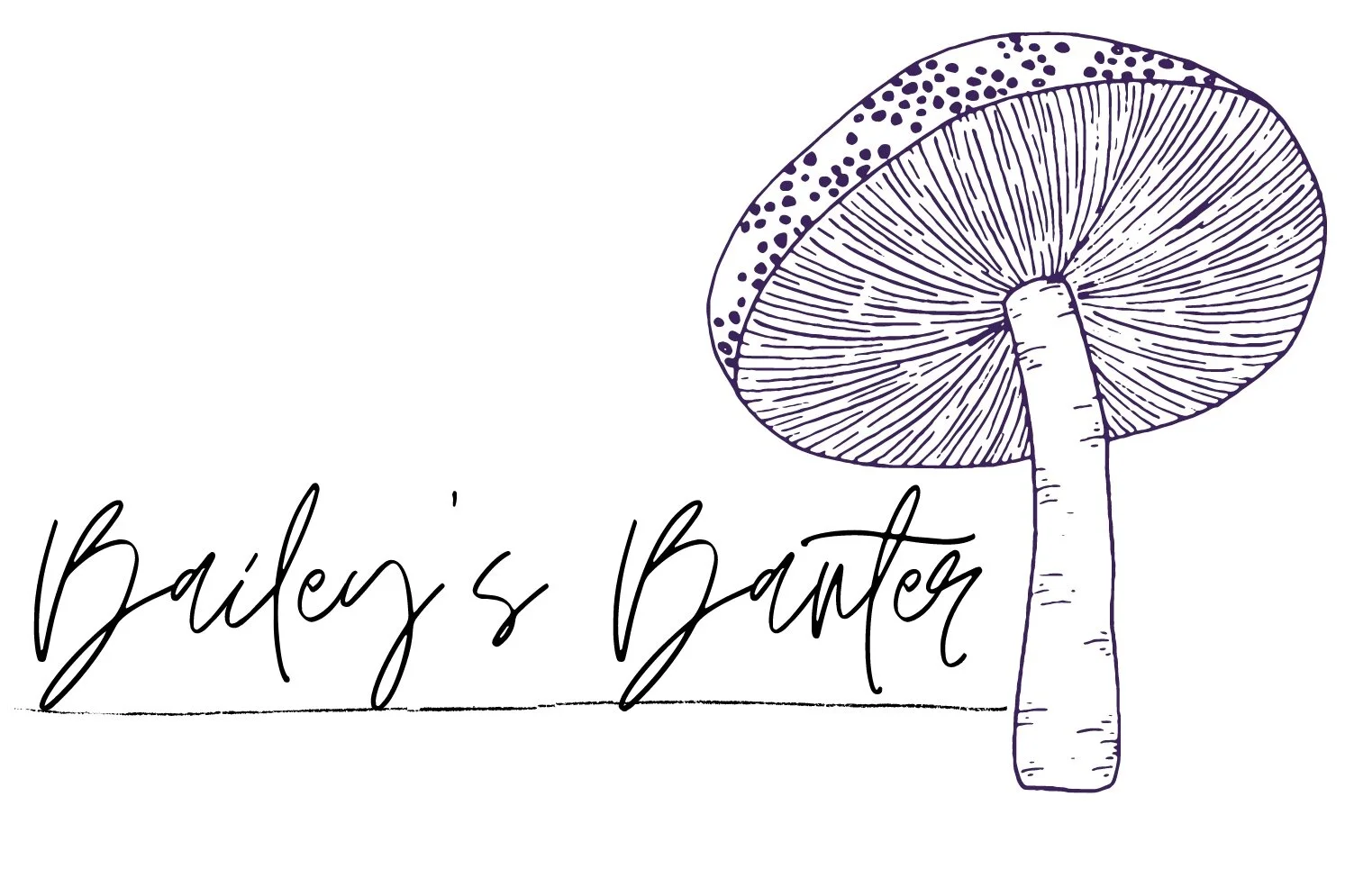Random word #3: Otzi
Otzi, the iceman
reconstruction by The South Tyrol Museum of Archaeology.
This word is like so cool- exactly what I was hoping for when choosing random cool looking words in the index, lol. I feel like giving context to what section of the book its from is important to understand how it ties into mycology. This is from chapter 7, “pharmycopeia.” Which is super cute because it uses the “My---“ in the word when its actually,
McCoy refers to fungi as “the grand healers” and says, “the history of health is the history of the fungi.” Which I think is just so precious, I said it somewhere- in a video or an article or maybe just thought it in my head, but mycologists just have the absolute adoration for fungi and I LOVE IT! I think its so cute! Okay, back to the frozen guy; ACTUALLY FIRST SOMETHING SO SO COOL.
“This is one of the first things I learned that truly made me fall in love with fungus, haha because that’s normal… , if I remember correctly it was Alexander Flemming (‘s assistant!!!!) who originally found penicillin by accidently leaving an experiment over the weekend or some amount of time which led to the antimicrobial characteristics being discovered. WHICH LED TO ANTIBIOTICS in the penicillin family BEING MADE! IS THAT NOT THE COOLEST THING EVER!!!! Lets fact check that really quick… actually that’ll be its own article because I love it so much!”
BACK TO THE FUN GUI ICE MAN: there is a ton of cool information, doing this word finding thing has totally inspired so many fungus articles that I would love to share with you guys! Its just so exciting and so cool! Jbut this guy is pretty cool in himself.
“Otis and his artifact’s have been exhibited at the South Tyrol Museum of Archaeology in Bolzano, Italy since 1998.”
South Tyrol Regional Museums states, “He is older than the Egyptian pyramids and Stonehenge and the result of a series of highly improbable coincidences. Ötzi lived during the Copper Age, a period of the late Neolithic. He was still using stone tools but owned an innovative and very valuable copper axe. The skill of extracting and processing metal had recently arrived in Europe from Asia Minor. The advent of copper marked the beginning of the Bronze Age.”
I read the quote in my video, “Clearest evidence of ancient medicinal mushroom use comes from Otzi, a frozen man discovered in 1991 (the year my sister was born, cool.) on the border of Austria and Italy, high in the Otzal alps.” He was believed to be of high rank in his tribe and his burial was believed to be ceremonial. How this ties into us is the 2 mushrooms found on his belt; the fire starter Amadou, and the birch polypore. Researchers believed he used these to treat his intesetinal parasites. (cool fact. I learned in school that fungus is one of the only natural things that can fight against parasites B) Point 1 fungus!) another cool thing I learned about in school is the parasite itself whipworm (Trichuris trichiura- scientific name of it in humans I suppose? Trichuris vulpis in dogs.)
Fire Amadou
this picture is from wikepedia with the caption ‘foraging texas- hoof mushroom.” So, that must be its common name. I should do more research.
“To the father of Greek medicine, Hippocrates (ca. 400 BCE), the amadou mushroom was considered to be one of the best sources of heat for moxa treatments.” I am wondering now… what are moxa treatments? NEAT!
The book from here diverges into more history of medicine and where the medicine truly originated based on the bioavailability of them mushrooms compared to the history of said treatments, so I tried to look up the birch polypore since Amadou was pretty self explanatory as a fire starter… and all that came up were videos of how to cultivate and keep/store birch polypore (which 1. Is like so cool that something as ancient as this mushroom is still around and widely available today!!) and videos of the medicinal effects.
Birch polypore from “hikersnotebook.com” Piptoporous betulinus
Medicalmushroom.net provides this information, “Piptoporus or the bracket fungus is a type of saprophytic fungi, which belongs to the family Fomitopsidaceae. You may also know this mushroom by other names such as Birch Bracket, Razor Strop or Birch Polypore.”
Which doesn’t mean anything to me YET because im not skilled enough in mycology to identify or even begin to know the different types (there’s a lot… we’ll get there, I am sure of that J)
It grows on birch trees and can do well in arctic climates. It gets cooler and cooler (lol, get it ;)) also (I bet the fire amadou would be super cool too but were focusing on the birch polypore) It has anti-inflammatory properties, and anti-septic properties when used as a bandage!!! Then it gets real science-y from there. But basically these two fungi have long been known to have medicinal properties which, in my personal opinion, is one of the most amazing things about fungus. Some of its edible, some of its trippy, some of its medicinal, most = historical, its just amazing!
Thank you so much for reading along and joining me on this mycological adventure of words! JI hope this dude was interesting to you and that you consider some mycological substances when thinking of health in the future! Comment below if you already use mushroom based substances and what for!





